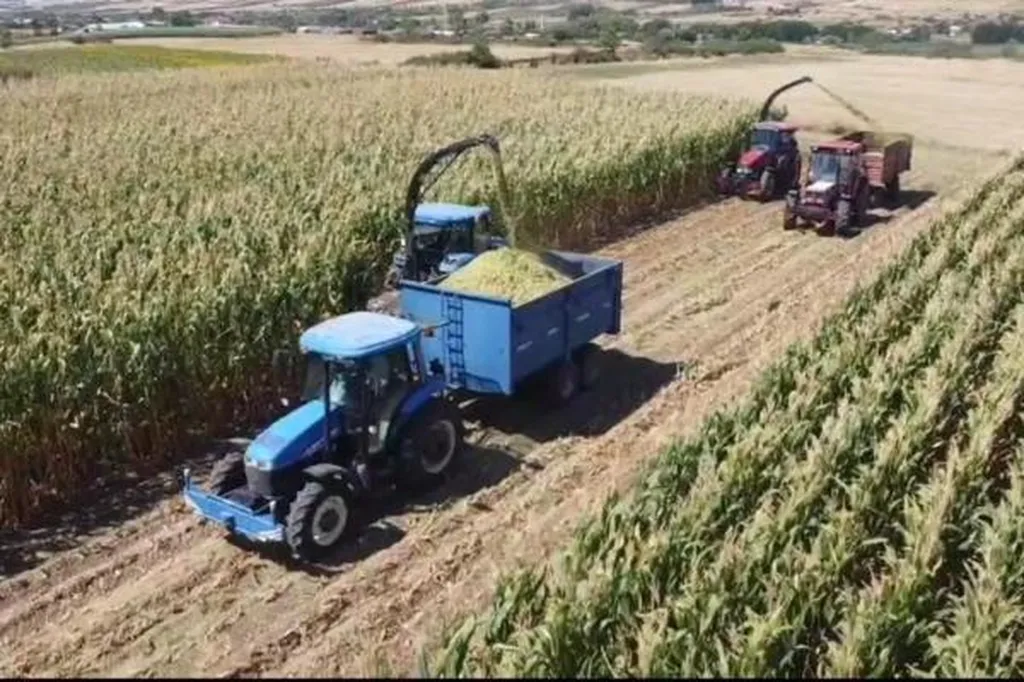In the heart of Türkiye, researchers are making strides in precision agriculture that could revolutionize citrus farming worldwide. İlker Ünal, a mechanical engineer from Burdur Mehmet Akif Ersoy University, has led a team to develop a lightweight deep learning model that simultaneously detects citrus fruit ripeness and pest damage, offering a promising tool for farmers and agritech companies alike.
The model, based on an optimized YOLO12n-Seg architecture, is designed to identify ripeness stages and pest damage caused by the Red Scale (*Aonidiella aurantii*). This tiny pest, no larger than a pinhead, can cause significant damage to citrus crops, leading to substantial economic losses. Early detection is crucial, and this is where Ünal’s model shines. “Our model offers a reliable and efficient solution for real-time, integrated pest detection and fruit classification,” Ünal explains. “This can greatly enhance the efficacy of contemporary agricultural decision support systems.”
The model’s efficiency is noteworthy. It achieves high accuracy with only 2.7 million parameters and a training time of just under three hours. This is a significant improvement over existing models, which often require more computational resources and time. The model’s lightweight nature makes it suitable for deployment in real-time systems, providing farmers with immediate insights to make informed decisions.
The commercial implications for the energy sector are also noteworthy. Precision agriculture, powered by such advanced models, can lead to more efficient use of resources, reducing the environmental footprint of farming practices. This aligns with the growing trend towards sustainable and energy-efficient agricultural practices, which are increasingly important to consumers and regulators alike.
Ünal’s model is not just about detecting pests; it’s about empowering farmers with the tools they need to make data-driven decisions. “By precisely assessing ripeness, we can establish the optimal harvest time, preserving fruit quality and enhancing yield,” Ünal adds. This can lead to better quality fruits, higher yields, and ultimately, increased profits for farmers.
The model’s development is a testament to the power of artificial intelligence in transforming traditional industries. As Ünal puts it, “This research opens up new possibilities for the application of AI in agriculture, paving the way for more sustainable and efficient farming practices.”
Published in the journal *Applied Sciences* (translated from Turkish as “Applied Sciences”), this research is a significant step forward in the field of precision agriculture. It offers a glimpse into a future where technology and agriculture intersect to create more sustainable, efficient, and profitable farming practices. As the world grapples with the challenges of climate change and food security, such innovations are not just welcome; they are essential.

